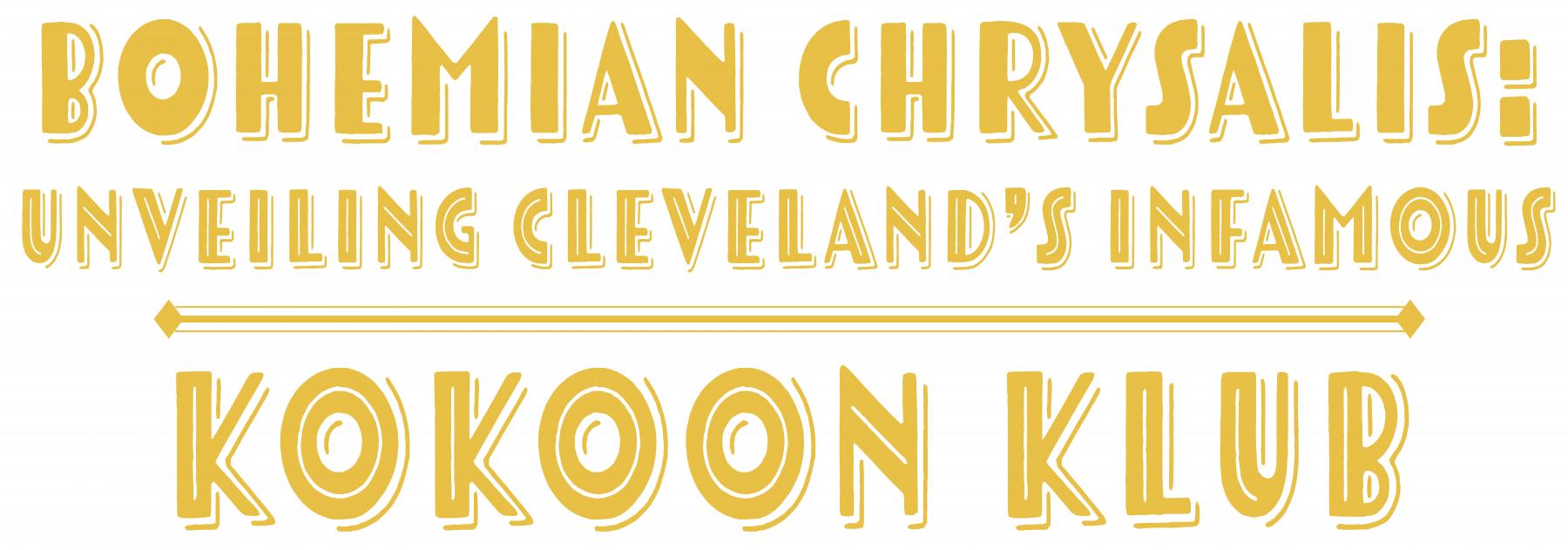Canton POS

Bohemian Chrysalis: Unveiling Cleveland's Infamous Kokoon Klub (November 26, 2024 - March 2, 2025)
“Alone an artist becomes a routine man. He does the work just before him and does it as work. But when [artists] are working in art together, [when they] have a club or cooperative studio, then Art, once more, becomes a living vital thing. There is atmosphere — which Cleveland lacked when we came here, and we formed the Kokoon Klub to achieve it, for the good of ourselves and our work.”
- Carl Moellmann, Kokoon Klub founder
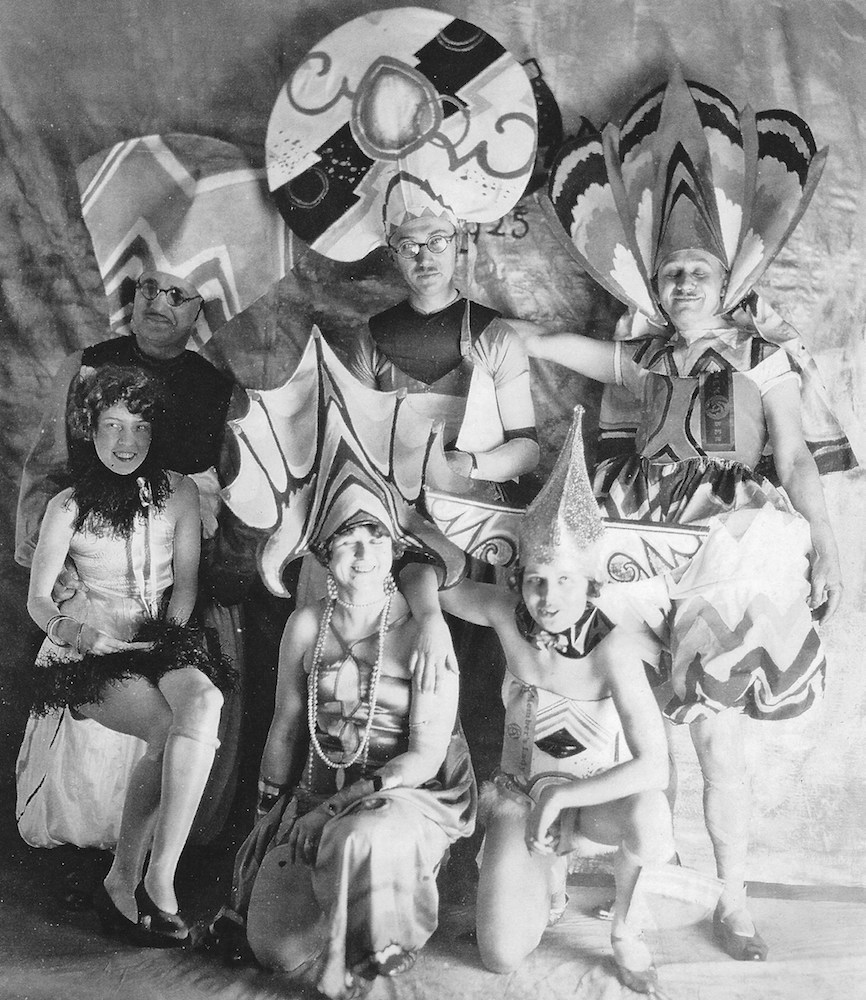
In the first three decades of the twentieth century, Cleveland was gray and overcast, with steel mills and factories polluting and darkening the air. It was a conservative city as well, focused on labor and discipline where executives and factory workers dressed in dull, muted colors. But then came the Kokoon Klub in 1911, and its annual Ball, and Cleveland became colorful, expressive, and unrestrained, and one of the first places in the country to embrace modern art.
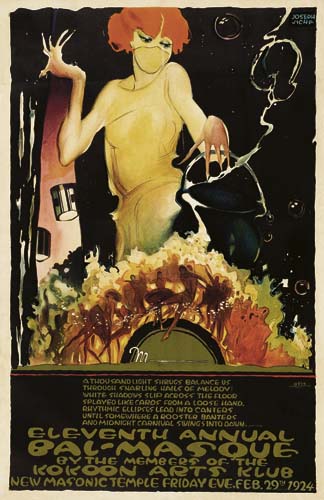
Avant-garde, bohemian, and outrageous, Cleveland's Kokoon Klub was comprised of a group of artists who stood for originality, self-expression, and freedom of thought. Its roots were planted around 1900, when Cleveland was producing an immense amount of printing, distributed in the millions worldwide, surpassing New York and becoming the headquarters for "Time" and "Life" magazines as well as landing a large contract for movie posters. At the time, posters were drawn and colored by hand with a crayon on a lithographic stone, requiring skilled artists. These artists were recruited from all over the country, bringing the best talent to Cleveland. It was from this pool of talent that two artists — William Sommer and Carl Moellmann — started the Kokoon Klub, symbolizing the emergence from cocoon to butterfly for the artists and the city of Cleveland. The Kokoon Klub aimed for artistic liberation through modernism, which was only in Europe at the time. Artists were encouraged to work in an unrestrained, free fashion in their own way with their own technique.
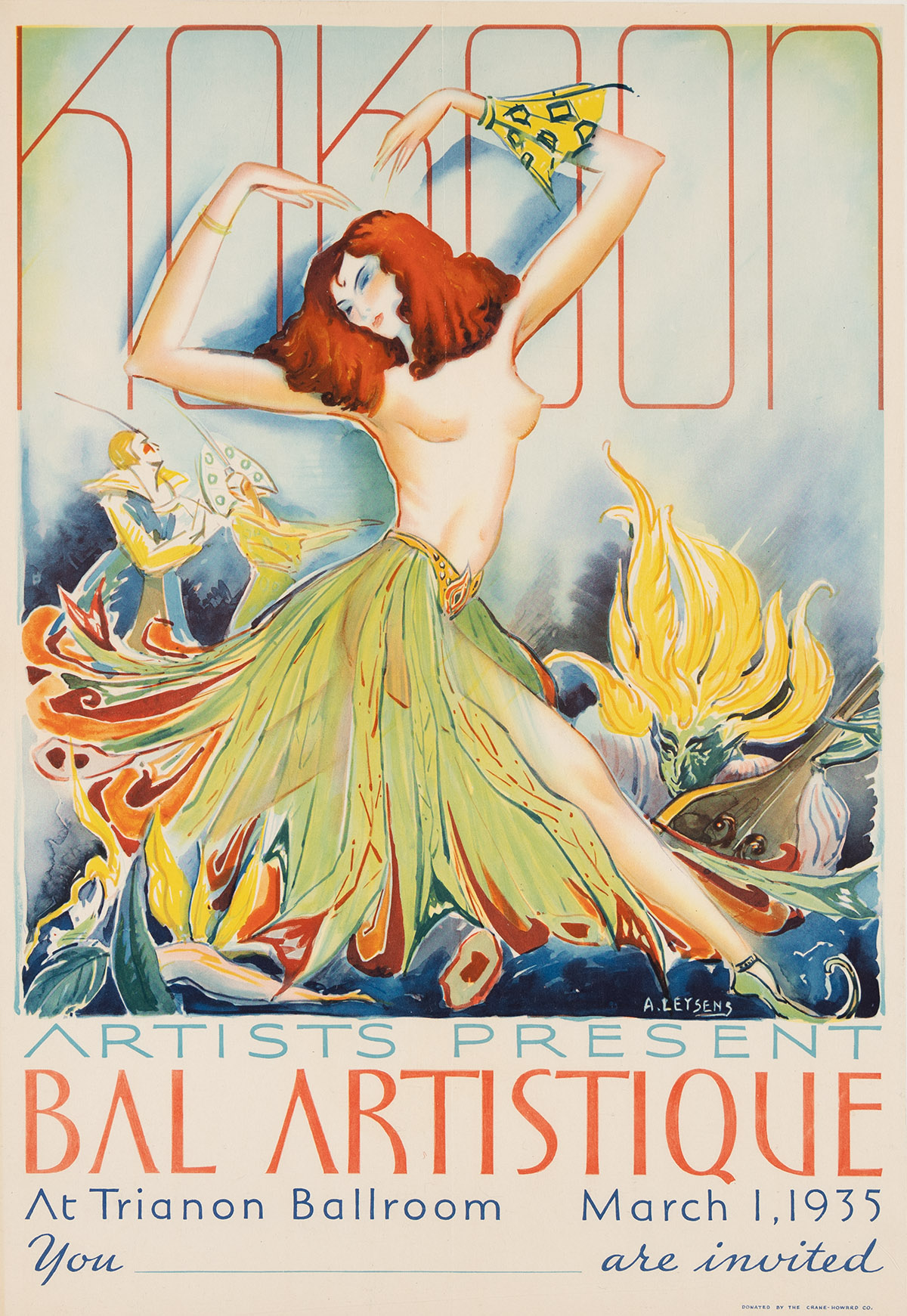
Though Kokoon Klub artists regularly held exhibitions and sold their work, they didn't sell for very much in a time when modernism was not understood. In response, the Kokoon Klub turned modernism into a party — an annual fundrasing Ball, to be exact — which could be as outrageous and bohemian as they wanted, in a way to introduce people to modernism that was more easily understood. Over the span of a little more than a decade, the Kokoon Klub Ball gave rise to some of the most remarkable art ever created in Cleveland — costumes, decorations, posters, tickets, and other graphic works. Decorations were an ambitious enterprise of their own, including major murals and one year even 20- 30 foot high robots with flashing lights. Posters also became increasingly ambitious, among the most remarkable creations of the Cleveland School, now rare since most of them were discarded after the event. Costumes worn by attendees were required to be handmade and took months, sometimes a year, to create. They were a very serious matter themed around modernist movements like cubism, post-impressionism, and futurism, and often contained unusual materials. Ordinary costumes were not allowed, and a costume committee at the door carefully screened visitors. There were awards for most exceptional costumes, and newspapers published lists of the most remarkable ones and who wore them. (It is worth noting that many of the Kokoon Ball costumes, acceptable at the time, would be considered politically incorrect and inappropriate today, as even many costumes from recent years have been, yet serve as discussions for improving in the future and learning from our past.)
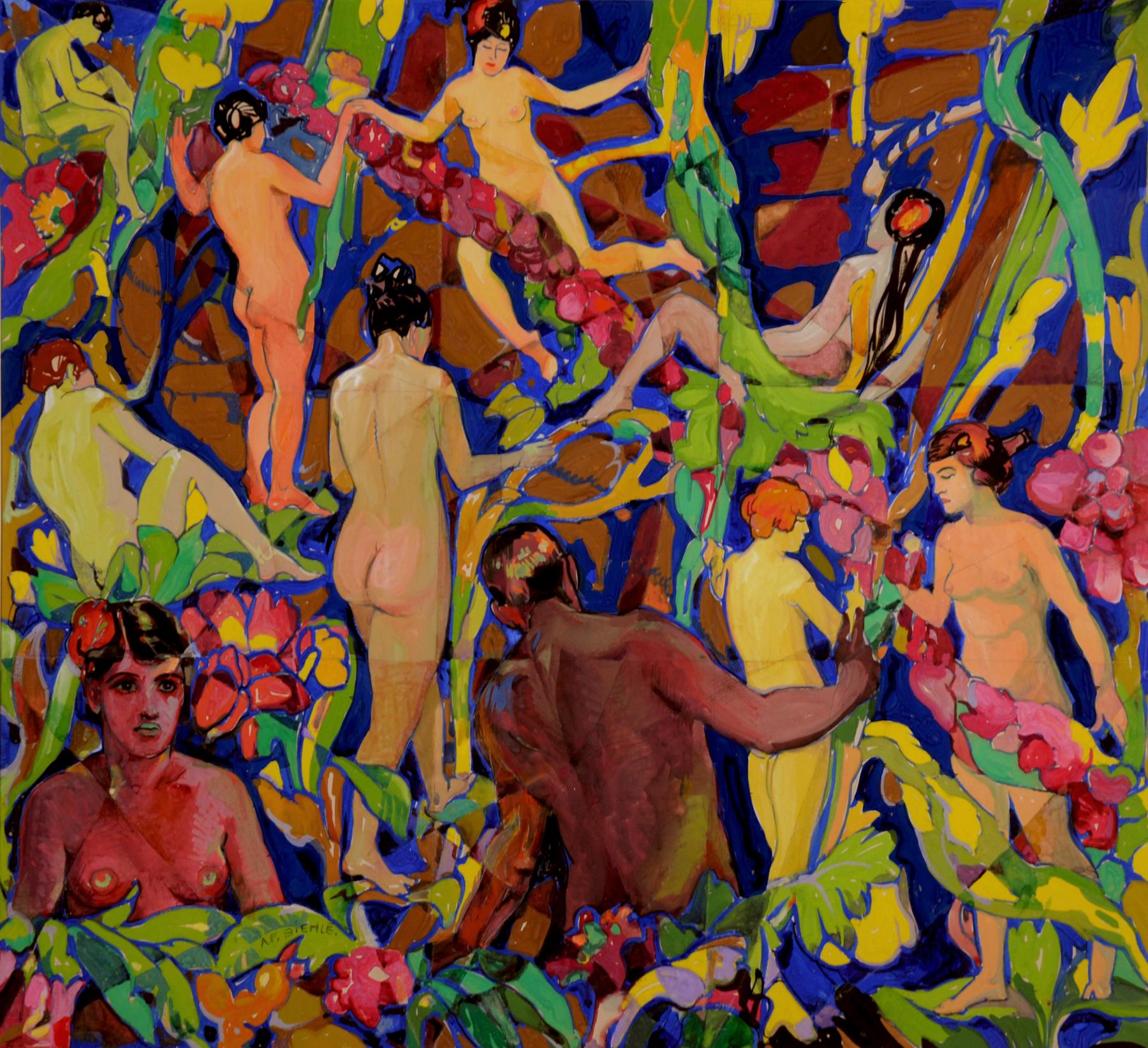
Early Balls saw attendance in the low hundreds, but by the late 1920s guests numbered in the thousands, becoming so unruly that the Mayor cancelled the Ball — only to put it back on the schedule amid protests. The Ball had morphed from an intimate party for members and friends into a large-scale artistic experience enjoyed by the entire city of Cleveland. The public had become a participant in modernism, with the audience becoming the spectacle, where for one night it was acceptable to break from the everyday routine and challenge social norms.
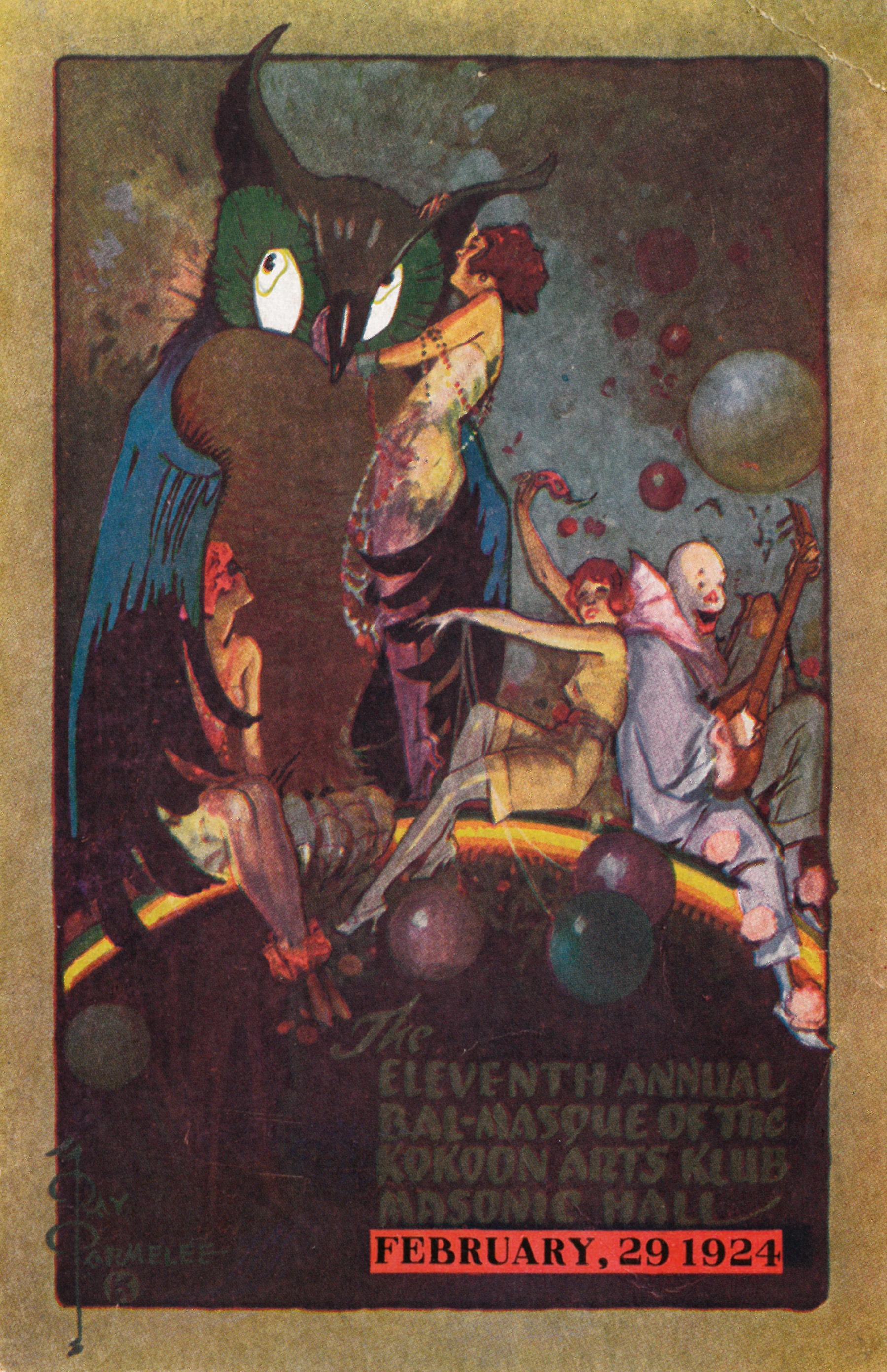
When the Kokoon Klub emerged, everything about Cleveland was traditional and inhibited, grim and gray. But by the time the Kokoon Klub disbanded, modern art with its bold designs and colors had become the norm, artistic freedom was celebrated, and social constraints had loosened and become more flexible. The Kokoon Klub's artistic achievements and designs still hold enduring appeal today, and though short-lived, are unforgettable. This exhibit, culled from CMA's permanent collection in addition to loans from the community, takes viewers on a colorful ride through the history of the Kokoon Klub, its artists, and activities through their artwork, costumes, and graphic designs.
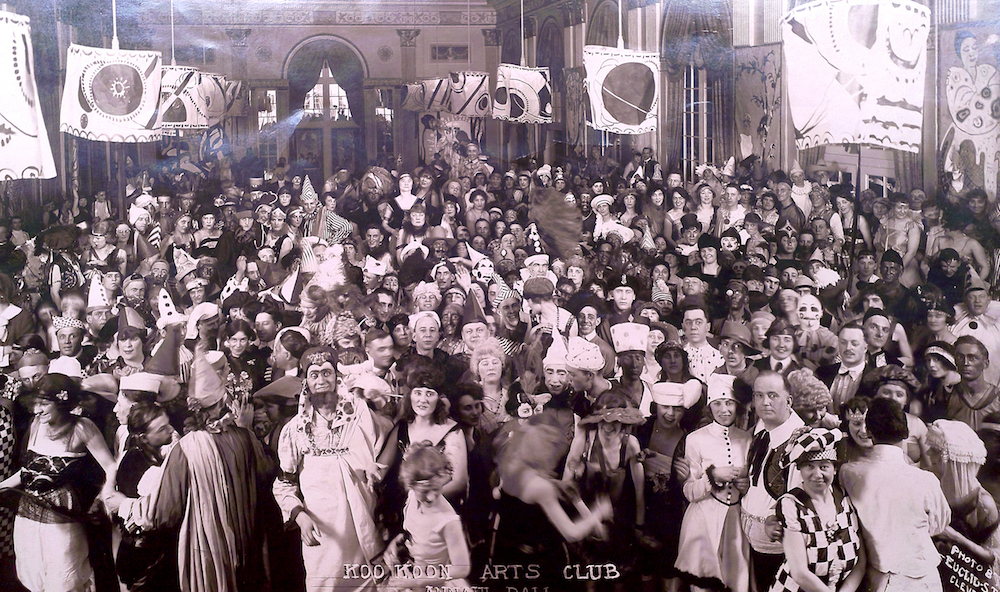
You are invited....
Learn more about our free Kokoon Klub
opening and costume contest by clicking
here!
The Canton Museum of Art hosted a speaker series to accompany this exhibition. The first speaker was Frederick Biehle, whose talk was titled 'The Kokoon Arts Klub, August Biehle, Jr., and the Becoming of a City', and took place on Saturday, December 14, 2024. The second speaker was Henry Adams, whose talk was titled 'From Kokoon to Butterfly: The Amazing Saga of the Kokoon Club', and took place on Saturday, January 18, 2025. You can find video recordings of both of these talks below:
Frederick Biehle's Talk: AFBiehleJr, Kokoon Klub, and the Becoming of a City
Henry Adams' Talk: https://drive.google.com/file/d/1m7zmWBi16gBACL1vx0TjmKqsXK4FxAHy/view
This special exhibition was organized in collaboration with:
Cleveland History Center/Western Reserve Historical Society
Cleveland Museum of Art
Cleveland Public Library
Kent State University
Frederick Biehle/Erika Hinrichs-Biehle
Stephen and Kimberly Biehle
Daniel Bush and Hilary Gent
Rachel Davis Fine Arts
Ken Short
Lawrence Waldman
Scott Wilms
W. Walker and N. Biehle
Private Collections
*Images in order from top of page to bottom:
Photograph of Kokoon Klub Bal Attendee (Bal Papillon, Danceland), 1931. Kent State University Special Collections and Archives, Kokoon Arts Club and Philip Kaplan Papers.
Kokoon Klub Halloween Party invitation, lithograph by Walt Scott (American, 1894 - 1970), 1936, 10 x 16 in. Private collection.
Kokoon Klub members Roy Clinker, Joseph Jicha, and Rolf Stoll with their wives (unnamed) at the 1925 Kokoon Klub Ball. Photograph. Collection of Cleveland Artists Foundation.
Lithograph poster by Joseph Jicha (American, 1901 - 1960) for the 1924 Kokoon Klub Ball, 39 x 25 in. Collection of Kent State University Libraries, Special Collections and Archives.
Lithograph poster by Auguste Leysens (Belgian, 1888 - 1946) for the 1935 Kokoon Klub Ball, 21 x 14 in. Collection of Kent State University Libraries, Special Collections and Archives.
Bathers, August F. Biehle Jr. (American, 1885 - 1979). Watercoor on paper, c. 1920s, 26 x 28 in. Canton Museum of Art Permanent Collection, Gift of Frederick A. and Helen C. Biehle, 999.9
Lithograph ticket by Ray Parmalee (1882 - ?) for the 1924 Kokoon Klub Ball, 5 x 3 in. Collection of Kent State University Libraries, Special Collections and Archives.
Photograph of attendees in costume at the 1919 Kokoon Klub Ball at Hotel Cleveland. Photograph by Euclid Studio Cleveland.


